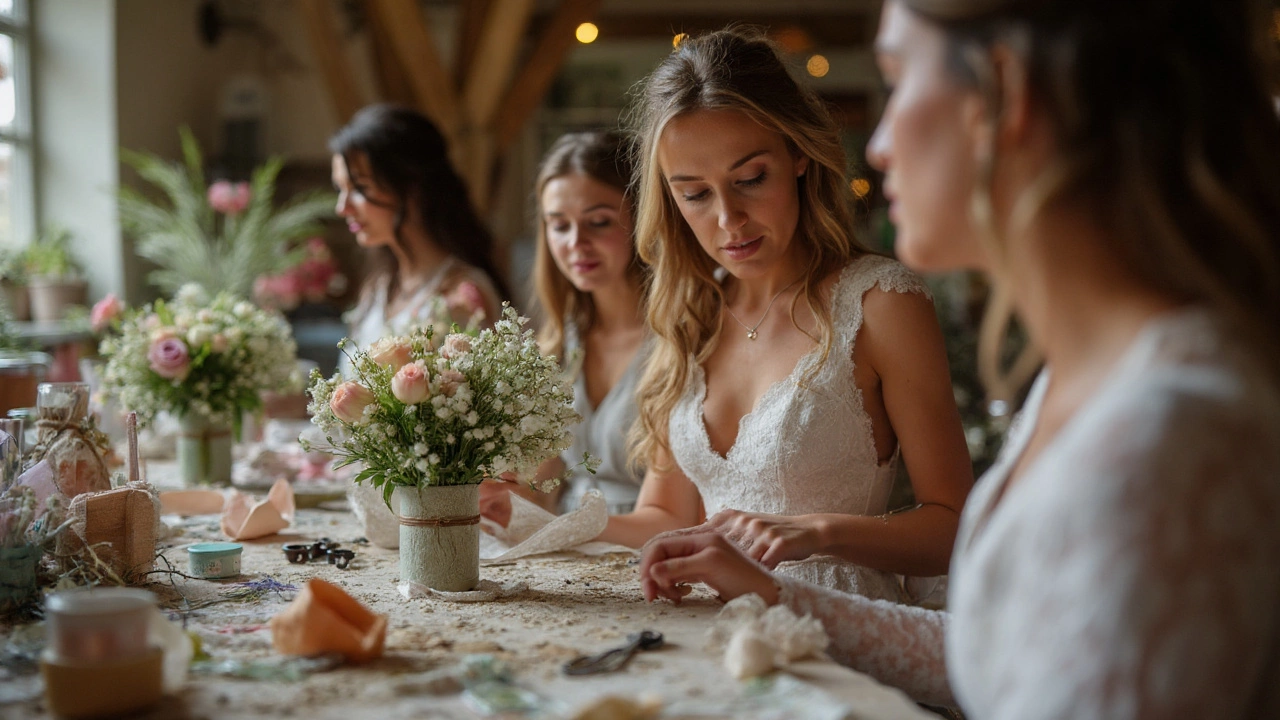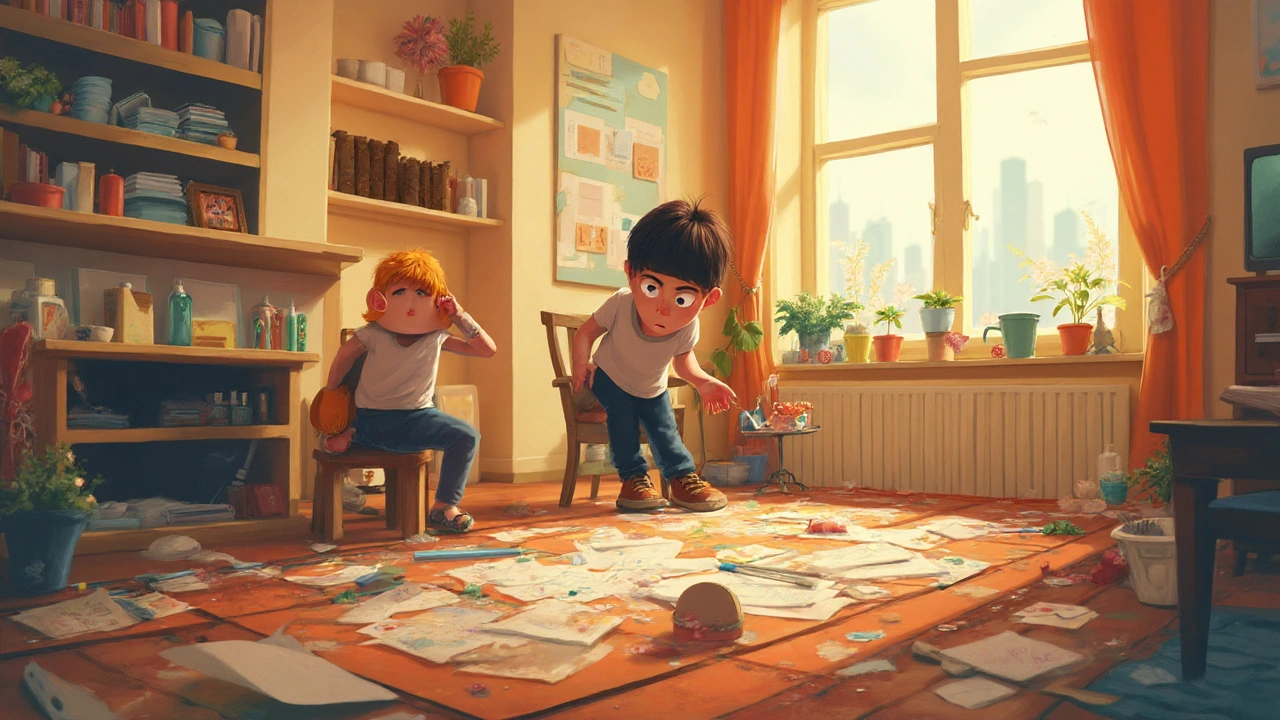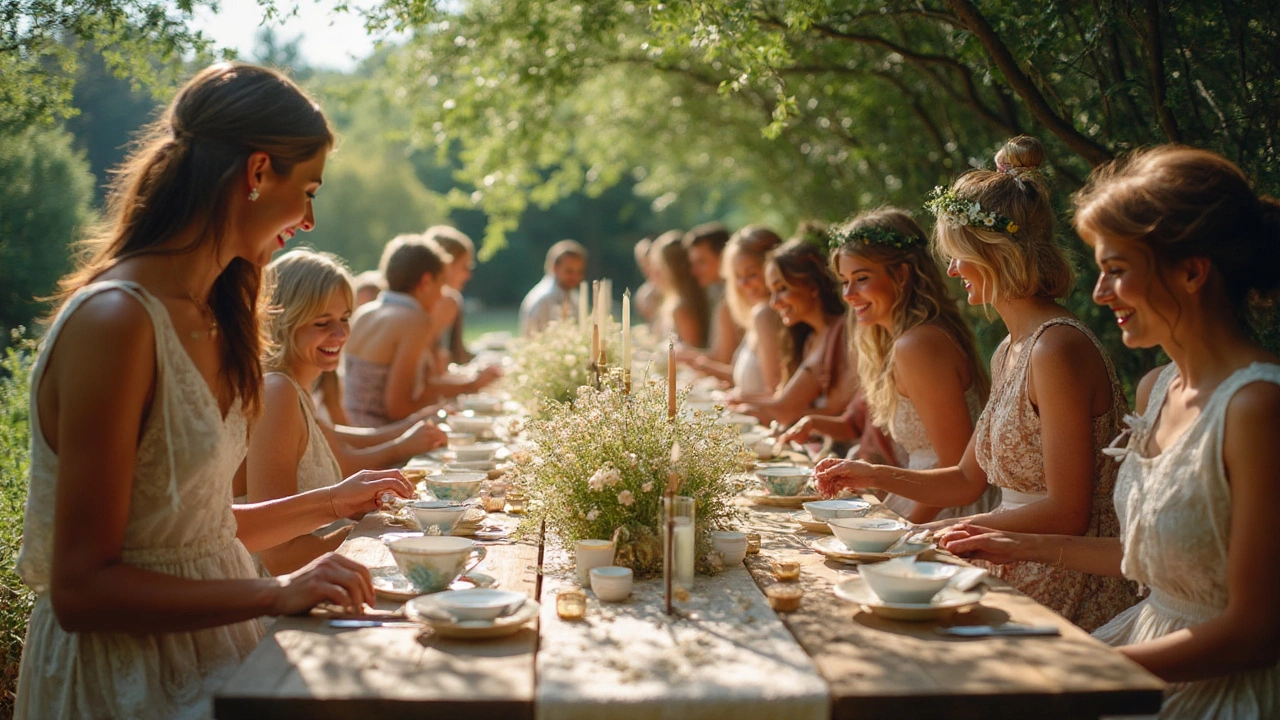You know what knocks the wind out of even the most organized bride? That moment you see your wedding décor quote and think—wait, am I paying for fresh flowers or tiny gold bars? Honestly, wedding centerpieces are famous for quietly hoovering up entire parts of your budget. Is it ridiculous? Pretty much. But here’s the kicker: thousands of couples every year scroll through perfectly filtered wedding blogs, clutching their calculators, seriously considering the whole ‘maybe I should just make these myself’ route. Should you?
The Realities of DIY Wedding Centerpieces
So let’s not sugarcoat this. The idea of making your own wedding centerpieces sounds fun—at first. You picture a cozy night in, glass of wine in hand, steering your glue gun like an artist. You imagine saving hundreds (maybe thousands) and proudly pointing at the table arrangements when your aunt gasps, “You made these?” Here’s the truth, though: DIY isn’t always cheaper, and it’s rarely as easy as Pinterest implies.
According to a 2024 survey from The Wedding Report, professionally-arranged floral centerpieces averaged $180 per table in the US. That’s $1,800 if you’ve got ten tables. Compare that to DIY, where the cost can range wildly—some couples hack it at $30 a table, others end up spending almost as much as the pros. Why? You have to buy all the stuff yourself and often in bulk. Then you realize you need better scissors, foam blocks, specialty vases, or enough faux stems to make your Amazon driver question their life choices. Even for non-floral arrangements—think candles, lanterns, or greenery runners—the supplies add up shockingly fast.
| Item | Average Pro Cost | Average DIY Cost |
|---|---|---|
| Fresh Floral Arrangement | $180 per table | $30 - $80 per table |
| Artificial Floral Arrangement | $120 per table | $25 - $60 per table |
| Greenery/Candle Runner | $140 per table | $40 - $60 per table |
| Boho Non-Floral Centerpiece | $100 per table | $35 - $70 per table |
Here’s another thing they don’t tell you: time is not free. My friend Tessa tried to DIY 14 centerpieces (glass bottles with wildflowers), but spent three weekends scavenging for pretty bottles, then two full days cutting stems the night before the wedding. She admits, “By centerpiece #7, I just stopped caring if they matched.”
And think about storage. Boxes of breakable glass, armfuls of greenery, towers of pillar candles—where are you going to stash these before the wedding? Your spare room? Your partner’s car trunk? (Don’t let them convince you it’ll all fit—trust me, it won’t.)
But, and this is important, DIY can be magical. You get customization no florist can deliver. Hate peonies but obsessed with succulents? Love vintage books or think driftwood looks better than roses? You’re in charge. For me, crafting my centerpieces meant bringing in Lachlan, our siblings, and even our neighbors for assembly line nights. We built personal stories into the décor, and nothing in any store could match it—mismatched glass jars and all.

How to Decide: Is DIY Right for You?
Here’s where you have to get honest with yourself. Do you actually like doing crafts? Are you someone who can calmly untangle three yards of twinkle lights at the end of a long workday? Or do you find yourself yelling at IKEA instructions? Those aren’t minor details. Making wedding centerpieces isn’t a solo sprint—it’s a marathon, usually needing help from at least two or three patient souls. No shame if you’d rather just show up and have the tables magically ready.
Let’s talk numbers. Grab a notepad and list what you want for your tables—flowers, candles, vases, risers, whatever. Check prices locally and online. Don’t forget things like wire cutters, floral tape, and backup glue sticks. Resist the urge to add an extra ten things just because they look cute; set a cost per table and stick to it. If you’re eyeing something on Etsy, ask yourself: will DIY really save enough to justify the stress, or am I just longing for a project?
Another thing: think logistics. Who’s going to set these up on your wedding day? Many venues give you a tiny window for decorating—sometimes just a couple of hours before guests arrive. Unless you have a squad of reliable friends or a wedding planner, you could wind up sweaty and cursing in your gown. (One cousin of mine spent her wedding morning at the reception site, hands sticky with faux flower glue, watching the clock in horror.)
If you really want to go the DIY route, here are some tips that actually work:
- Pick a design with minimal assembly, zero risk of last-minute wilting (think dried flowers or candles, not fresh tulips in mid-August).
- Do a full table mockup a few weeks ahead—bring everything together, time how long it takes, and photograph it to remember what goes where.
- Don’t overcomplicate arrangements; simple looks intentional, cluttery looks accidental.
- Recruit a set-up crew. Promise them breakfast and coffee. Write clear instructions for each table if you can’t be there yourself.
- Label boxes by table number or arrangement type to avoid wedding-day chaos.
- Have a backup plan for catastrophes (broken vase, missing candles, allergic reaction to eucalyptus—okay, that last one ruined my cousin’s rehearsal dinner, but better safe than sorry).
And remember: nobody but you is going to count the number of roses or notice if one table’s centerpiece is a half inch taller than the rest. People care about celebrating with you, not about perfect matching stemware.

Creative DIY Centerpiece Ideas and Real-World Inspiration
If you’re ready to get crafty, here’s the fun part—centerpiece ideas that punch above their price tag and won’t break your brain. A popular low-stress option is a tray or runner with mismatched candles and some greenery, like eucalyptus or ivy. Not only does it look romantic, but you can assemble it way ahead and tweak it on the day. Faux or dried flowers are another gamechanger—they don’t wilt, transport easily, and can be combined with wood slices, books, or lanterns.
A trend that’s still hot in 2025 is repurposed items: vintage teapots, old hardcover books, or even tin cans dressed up with a little lace or paint. My friend June wanted an eco-friendly wedding, so she filled thrifted jars with succulents and let guests take them home. Another couple I know held their reception outdoors and lined up simple bottles with single sprigs of lavender, cutting the flower order by two-thirds. No matter what, make sure materials are easy to source and handle—wrestling with complicated molds or wiring is no one’s idea of fun the night before you say “I do.”
If you want something unique, mix up different elements. A cluster of mini lanterns with fairy lights, a stack of classic novels (from your own shelf), or painted terracotta pots—the combos are endless and can fit any theme, from rustic to glam. Go for materials you love and that feel like you, not what Instagram pushes into your feed.
Here’s a quick reality check: professional florists spend years honing their craft. If your vision is Giant Floating Orchids and you’ve never arranged so much as a grocery-bought bouquet, maybe trust the pros for the complicated stuff. But if what you want most is a personal touch and a story to tell years later about that late-night crafting session with your besties, DIY is rewarding in its own wonderfully messy way.
So, should you make your own wedding centerpieces? Only you can answer that—just know what you’re signing up for. If you love the idea of rolling up your sleeves and creating something memorable, grab your glue gun. If just the thought of arranging a dozen identical table displays makes your heart race, there’s no shame in outsourcing. Either way, your tables will look beautiful because love (and a little personality) is the best décor there is.
